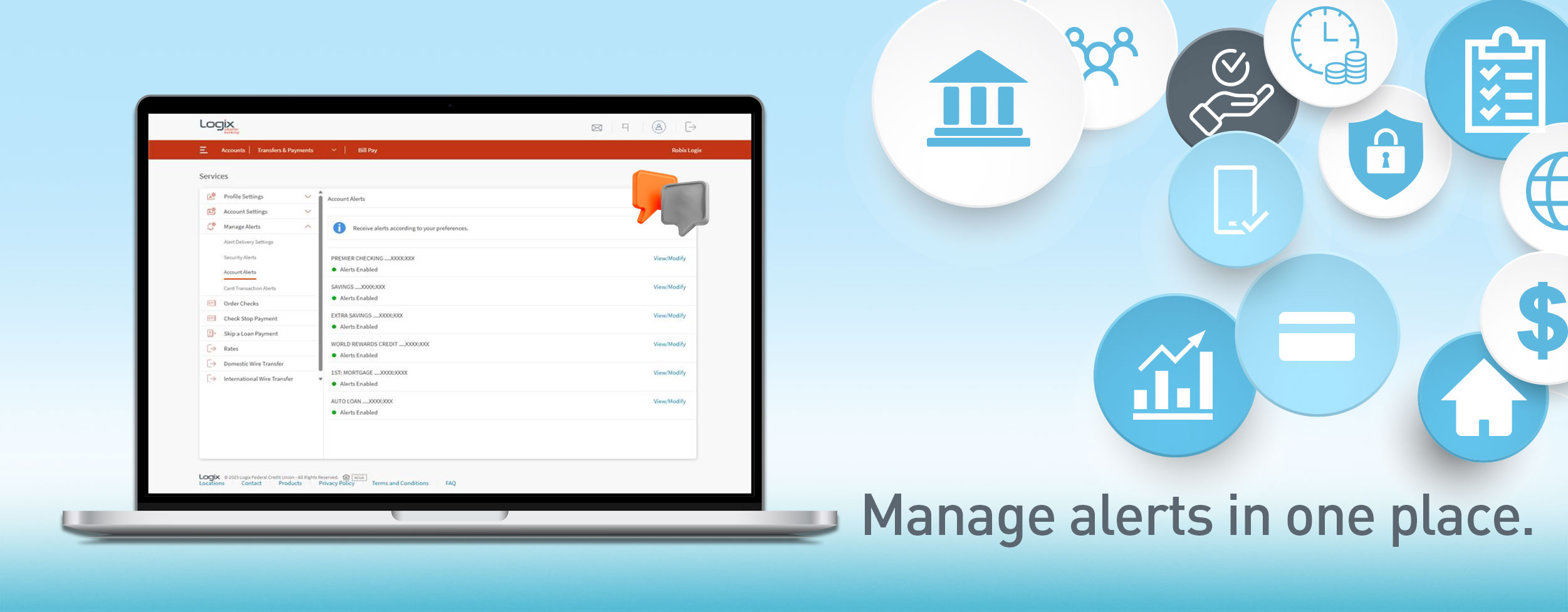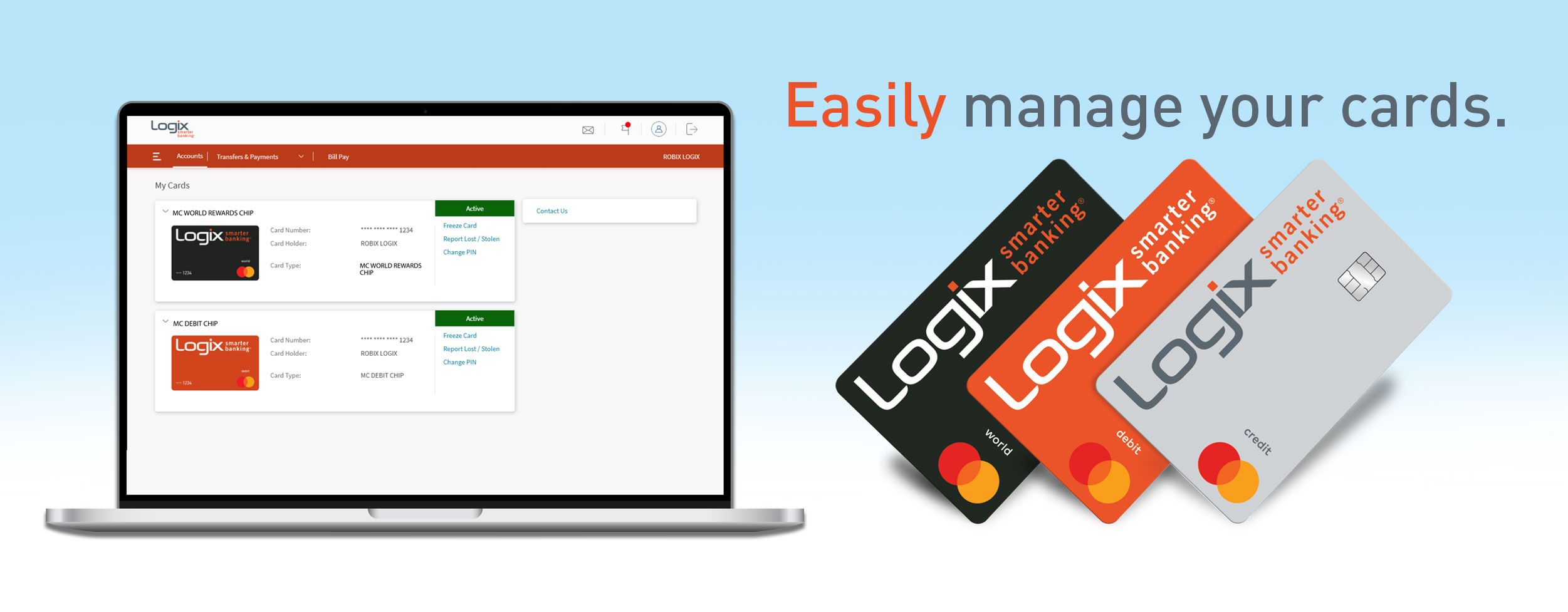
Required Minimum Distributions (RMDs) generally are minimum amounts that a retirement plan account owner must withdraw annually starting with the year that he or she reaches 72 (70 ½ if you reach 70 ½ before January 1, 2020), if later, the year in which he or she retires. However, if the retirement plan account is an IRA or the account owner is a 5% owner of the business sponsoring the retirement plan, the RMDs must begin once the account holder is age 72 (70 ½ if you reach 70 ½ before January 1, 2020), regardless of whether he or she is retired.
Retirement plan participants and IRA owners, including owners of SEP IRAs and SIMPLE IRAs, are responsible for taking the correct amount of RMDs on time every year from their accounts, and they face stiff penalties for failure to take RMDs.
Your RMD is the minimum amount you must withdraw from your account each year. You can withdraw more than the minimum required amount, and your withdrawals will be included in your taxable income - except for any part that was taxed before (your basis) or that can be received tax-free (such as qualified distributions from designated Roth accounts).
Do these rules apply to my retirement plan?
The minimum distribution rules apply to all employer sponsored retirement plans, including: profit-sharing plans, 401(k) plans, 403(b) plans, and 457(b) plans. The RMD rules also apply to traditional IRAs and IRA-based plans such as SEPs, SARSEPs, and SIMPLE IRAs. The RMD rules also apply to Roth 401(k) accounts. However, the RMD rules do not apply to Roth IRAs while the owner is alive.
Calculating the required minimum distribution
The required minimum distribution for any year is the account balance as of the end of the immediately preceding calendar year divided by a distribution period from the IRS’s “Uniform Lifetime Table.” A separate table is used if the sole beneficiary is the owner’s spouse who is ten or more years younger than the owner. You may reference one of these worksheets to help determine your required distribution amounts and payout periods.
Beginning date for your first required minimum distribution
- IRAs (including SEPs and SIMPLE IRAs)
- April 1 of the year following the calendar year in which you reach age 70½, if you were born before July 1, 1949.
- April 1 of the year following the calendar year in which you reach age 72, if you were born after Jun 30, 1949.
- 401(k), profit-sharing, 403(b), or other defined contribution plan
Generally, April 1 following the later of the calendar year in which you:- reach age 72 (age 70½ if born before July 1, 1949), or
- retire (if your plan allows this).
See the chart comparing IRA and defined contribution plan RMDs.
If you do not take any distributions, or if the distributions are not large enough, you may have to pay a 50% excise tax on the amount not distributed as required. Because RMD rules can be complex, it's best to consult with a tax professional, especially if you have not yet taken a distribution. For more information, please visit the Retirement Plans FAQs regarding Required Minimum Distributions.
Not sure what to do? Give Logix Financial Consultants a call at (800) 553-3707 to make an appointment for a free consultation.
Visit our SmartLab to stay on top of your financial education!
-------------------------
Please contact Logix at (800) 328-5328 or visit www.lfcu.com if you have any questions about this topic or would like to consider opening an account.
This material is intended as a high-level summary for informational purposes only from the IRS web resources related to Retirement topics.


%20(952%20x%20317%20px)-2.png)








